The Noble Eightfold Path: The Buddhist path to liberation
The Noble Eightfold Path (Ariyo Aṭṭhaṅgiko Maggo) constitutes a central framework in Buddhist thought, outlining a methodology for ethical and mental cultivation aimed at the cessation of suffering (dukkha) and the realization of enlightenment (nibbāna). It synthesizes core aspects of Buddhist doctrine into a structured approach that integrates cognitive insight, moral behavior, and mental training. Rather than prescribing rigid rules, the Eightfold Path offers a flexible, context-sensitive model applicable across diverse cultural and historical settings.
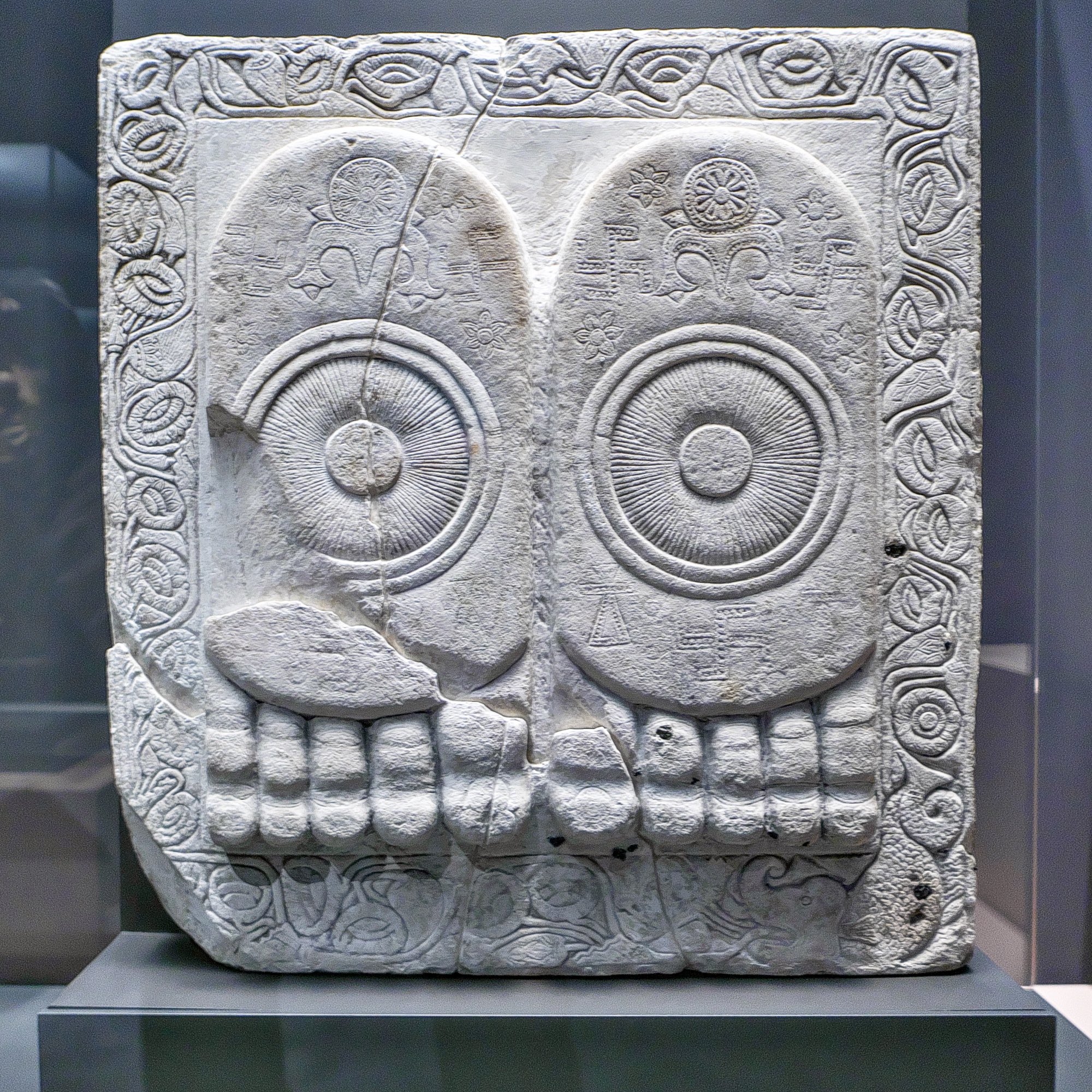
Buddhapada (1st c. BCE), stone relief depicting the Buddha’s feet, bordered with lotus garlands; from Amarāvatī. The footprints often serve as a non-anthropomorphic representation of the Buddha’s presence and emphasize the Noble Eightfold Path as a practical journey to be followed rather than a figure to be worshipped. Source: Wikimedia Commonsꜛ (license: CC BY-SA 4.0; modified)
The Eightfold Path in context
The Noble Eightfold Path is presented as the fourth of the Four Noble Truths, a framework that outlines the nature of human suffering, its origin in craving, the possibility of its cessation, and the method for achieving this cessation. This path was formulated by Siddhartha Gautama and is described in early Buddhist texts as the “Middle Way” (majjhimā paṭipadā), a course of conduct avoiding both indulgent hedonism and extreme asceticism — two modes of living he is said to have personally experienced and rejected prior to developing his doctrine.
The Eightfold Path is commonly depicted as a wheel (dharmachakra), symbolizing its cyclical nature and the interrelatedness of its eight elements. It is further organized into three interdependent categories:
- wisdom (prajñā), referring to philosophical insight and correct understanding;
- ethical conduct (sīla), which governs speech, behavior, and livelihood; and
- mental discipline (samādhi), which involves the cultivation of attention and meditative concentration.
These domains reflect a broader Buddhist concern with transforming perception, intention, and behavior as part of a comprehensive approach to overcoming suffering.
Wisdom (prajñā)
Wisdom (prajñā) is one of the three primary divisions of the Noble Eightfold Path and encompasses the cognitive and philosophical dimensions of the Buddhist path. It concerns the cultivation of accurate understanding and intention, which are regarded as the basis for ethical behavior and meditative practice. In the early Buddhist context, wisdom is not understood solely as abstract knowledge but as an insight into the nature of existence — especially the impermanent, unsatisfactory, and non-self characteristics of all phenomena.
The segment addressing wisdom includes two key components: Right View and Right Intention. These elements are meant to shape an individual’s perception of reality and guide their mental orientation. Right View refers to an informed and experiential grasp of Buddhist principles such as the Four Noble Truths and dependent origination, while Right Intention deals with the deliberate cultivation of wholesome mental states that reflect ethical and compassionate attitudes.
1. Right View (Sammā-diṭṭhi)
Right View involves an intellectual and experiential understanding of the Four Noble Truths and the Three Marks of Existence — impermanence, suffering, and the absence of a fixed self. It also includes recognition of karma (the principle of moral causation) and dependent origination (paṭicca-samuppāda), the idea that phenomena arise through interdependent conditions. In Buddhist traditions, this view is foundational for interpreting human experience and guiding conduct.
2. Right Intention (Sammā-saṅkappa)
Right Intention refers to cultivating mental dispositions that align with the goal of liberation from suffering. Classical formulations identify three aspects:
- Renunciation (nekkhamma): The abandonment of craving and attachment.
- Goodwill (avyāpāda): The development of benevolence rather than ill will.
- Harmlessness (avihiṃsā): The avoidance of harmful intentions and the fostering of compassion.
These intentions are considered prerequisites for ethical behavior and psychological clarity.
Ethical conduct (sīla)
Ethical conduct (sīla) represents the behavioral dimension of the Noble Eightfold Path and plays a foundational role in Buddhist moral philosophy. It addresses the regulation of speech, actions, and livelihood in accordance with principles designed to reduce harm and support psychological stability. The concept of sīla is not predicated on divine authority but arises from the pragmatic goal of minimizing suffering for oneself and others. By establishing ethical integrity, this domain of the path creates the necessary conditions for the development of concentration and insight.
This segment of the path is composed of three elements: Right Speech, Right Action, and Right Livelihood. These guidelines are intended to foster interpersonal harmony, self-restraint, and socially responsible behavior, forming the ethical infrastructure upon which the meditative and philosophical aspects of the path can be built.
3. Right Speech (Sammā-vācā)
Right Speech involves refraining from falsehood, abusive language, divisive speech, and idle chatter. Instead, it emphasizes communication that is truthful, constructive, and considerate. Language, in this context, is viewed as a medium that can either alleviate or exacerbate suffering.
4. Right Action (Sammā-kammanta)
Right Action includes behavioral guidelines meant to promote individual integrity and societal well-being. These include:
- Avoiding the taking of life, consistent with the principle of non-violence.
- Avoiding theft or taking what is not freely given.
- Avoiding sexual misconduct, broadly defined in relation to context and intention.
- Avoiding speech that causes harm, and committing instead to words that are both truthful and beneficial.
- Turning away from intoxicating substances and states of mind — including alcohol, drugs, and patterns of speech, thought, or behavior — that cloud mental clarity and inhibit ethical awareness.
These precepts overlap with the Five Precepts (pañca-sīla), a fundamental ethical code for lay followers in many Buddhist traditions.
5. Right Livelihood (Sammā-ājīva)
Right Livelihood refers to earning a living in ways that do not cause harm to others. Classical texts discourage professions involving weapons, intoxicants, human trafficking, animal slaughter, and deceit. The emphasis lies on economic activity that supports, rather than undermines, the broader ethical commitments of the path. Observing these simple rules of morality or virtues is presented in Buddhist traditions as applicable to everyone, regardless of age or level of awareness. These principles are intended not only to prevent harm to others and oneself but also to foster an environment of mutual respect, balance, and social harmony in everyday life.
Mental discipline (samādhi)
Mental discipline (samādhi) constitutes the meditative and psychological domain of the Noble Eightfold Path. It focuses on cultivating stable attention, introspective awareness, and a mind capable of sustained concentration. Within Buddhist traditions, this dimension is considered essential for counteracting delusion and for generating insight into the nature of reality. The disciplined mind is seen not only as a tool for clarity but also as a condition for deeper transformation and liberation.
The components within this group include: Right Effort, Right Mindfulness, and Right Concentration. These practices are designed to regulate and refine mental activity, enabling the practitioner to develop heightened awareness, reduce distraction, and achieve meditative absorption. Together, they form the psychological infrastructure necessary for insight and wisdom to arise.
6. Right Effort (Sammā-vāyāma)
Right Effort involves a proactive stance toward mental cultivation. Classical sources enumerate four tasks:
- Preventing the arising of unwholesome mental states.
- Abandoning such states when they do arise.
- Developing wholesome mental states.
- Maintaining and enhancing those already present.
This component highlights the importance of volition and perseverance in mental training.
7. Right Mindfulness (Sammā-sati)
Right Mindfulness refers to systematic awareness of bodily sensations, emotions, mental states, and cognitive processes. This is elaborated in the four foundations of mindfulness (satipaṭṭhāna):
- Contemplation of the body (kāyānupassanā).
- Contemplation of feelings (vedanānupassanā).
- Contemplation of the mind (cittānupassanā).
- Contemplation of mental objects (dhammānupassanā).
The function of mindfulness is to observe phenomena without distortion, promoting psychological insight and reducing reactivity.
8. Right Concentration (Sammā-samādhi)
Right Concentration designates the achievement of meditative absorption (jhāna), marked by sustained attention, inner tranquility, and cognitive refinement. These absorptive states are described in canonical texts as conducive to deeper understanding and emotional equanimity.
The path as an integrated practice
Though analytically divided into eight components, the Noble Eightfold Path is typically understood as a unified and mutually reinforcing system. Each element supports the others, creating a comprehensive framework for ethical, cognitive, and meditative development. The interdependence of moral conduct (sīla), mental discipline (samādhi), and wisdom (prajñā) forms the foundation for deep psychological transformation and the cessation of suffering (dukkha) as envisioned in Buddhist doctrine.
Beyond simple behavioral regulation, the ethical dimension of the path fosters the gradual cultivation of character traits rooted in non-self (anattā), compassion (karuṇā), and insight into interdependence (paṭiccasamuppāda). Ethical conduct is not merely about conforming to rules, but about reshaping the underlying patterns of intention, perception, and volition. In this light, Buddhist ethics can be understood as a form of virtue ethics: a developmental process aimed at dissolving egocentric tendencies and cultivating stable dispositions such as loving-kindness (mettā), patience (kṣānti), and equanimity (upekkhā).
Crucially, the transformation envisioned by the Noble Eightfold Path is not instantaneous but unfolds over a long-term process of continuous practice, reflection, and habituation. Character development, in the Buddhist understanding, requires sustained effort across diverse situations, gradually integrating ethical insight into the very fabric of perception and action.
While this article offers an overview of the Noble Eightfold Path, the ethical dimensions of Buddhism — including the cultivation of the Brahmavihāras, the Bodhisattva vows, the paramitās, and karmic ethics — are explored in greater depth in a dedicated companion article on Buddhist ethics.
Conclusion
The Noble Eightfold Path represents a systematic and integrated approach to addressing human suffering, as articulated by Siddhartha Gautama. Its structure — divided into the domains of wisdom (prajñā), ethical conduct (sīla), and mental discipline (samādhi) — provides a framework that is both philosophically grounded and practically oriented. Each component supports the others, forming a holistic system aimed at cognitive clarity, moral integrity, and psychological transformation.
A key feature of the Eightfold Path is its pragmatic orientation. Unlike many Western ethical systems that tend to separate ethics from psychology or divide moral law from experiential insight, the Eightfold Path links ethical behavior directly with cognitive and emotional development. For example, mindfulness is not merely an inward-looking practice but is intimately tied to ethical speech and action. Likewise, the concept of Right View is not limited to doctrinal belief but includes a practical understanding of causality and interdependence. In this respect, the path blurs the boundaries between theory and practice, belief and behavior.
From a critical perspective, the universality and flexibility of the path are among its strengths. The Eightfold Path does not rely on metaphysical premises or divine commandments, but instead on observable consequences and introspective refinement. Its ethical principles — such as non-harming, honesty, and clarity of mind — are accessible to individuals regardless of cultural background, belief system, or philosophical sophistication. This contrasts with Western traditions that often anchor morality in theism, legalism, or abstract rational principles.
Nevertheless, one could question whether the path is too individually focused, potentially neglecting the structural or systemic dimensions of suffering. While the Eightfold Path offers tools for personal transformation, it does not directly address social injustice or collective ethics in the way some modern Western frameworks do. That said, its emphasis on non-harming and mental clarity has inspired broader movements within engaged Buddhism that attempt to bridge this gap.
In sum, the Noble Eightfold Path remains a remarkably comprehensive and enduring model for ethical and psychological development. Its emphasis on intentionality, self-awareness, and moral responsibility marks it as a distinctive contribution to global philosophical and ethical thought, offering an alternative to more dogmatic or abstract traditions by centering practice and lived experience.
References and further reading
- Oliver Freiberger, Christoph Kleine, Buddhismus - Handbuch und kritische Einführung, 2011, Vandenhoeck & Ruprecht, ISBN: 9783525500040
- Rupert Gethin, The Foundations Of Buddhism, 1998, Oxford University Press, ISBN: 9780192892232
- Oliver Bottini, Das grosse O.W. Barth-Buch des Buddhismus, 2004, Ebner & Spiegel GmbH, ISBN: 9783502611264
- Richard Francis Gombrich, How Buddhism began – The conditioned genesis of the early teachings, 2006, Taylor & Francis, ISBN: 9780415371230
- Sebastian Gäb, Die Philosophie des Buddha - Eine Einführung, 2024, UTB, ISBN: 9783825262013
- Erich Frauwallner, Die Philosophie des Buddhismus, 2009, De Gruyter Akademie Forschung, ISBN: 978-3050045313
- Mark Siderits, Buddhism As Philosophy - An Introduction, 2007, Ashgate Publishing, Ltd., ISBN: 9780754653691
- Richard Francis Gombrich, What the Buddha thought, 2009, Equinox Publishing (UK), ISBN: 9781845536121
- Walpola Rāhula, What the Buddha taught, 1974, Grove Press, ISBN: 9780802130310
- Jr. Buswell, Robert E., Jr. Lopez, Donald S., Juhn Ahn, J. Wayne Bass, William Chu, The Princeton dictionary of Buddhism, 2014, Princeton University Press, ISBN: 978-0-691-15786-3








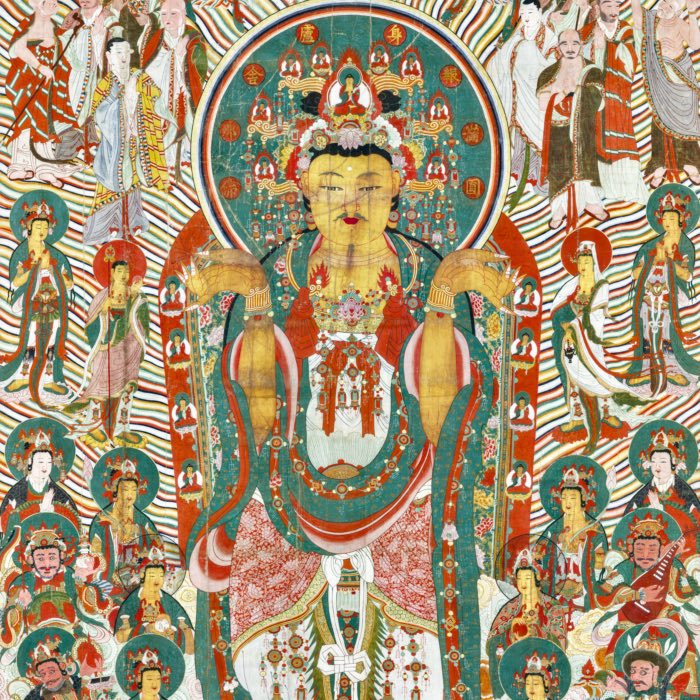
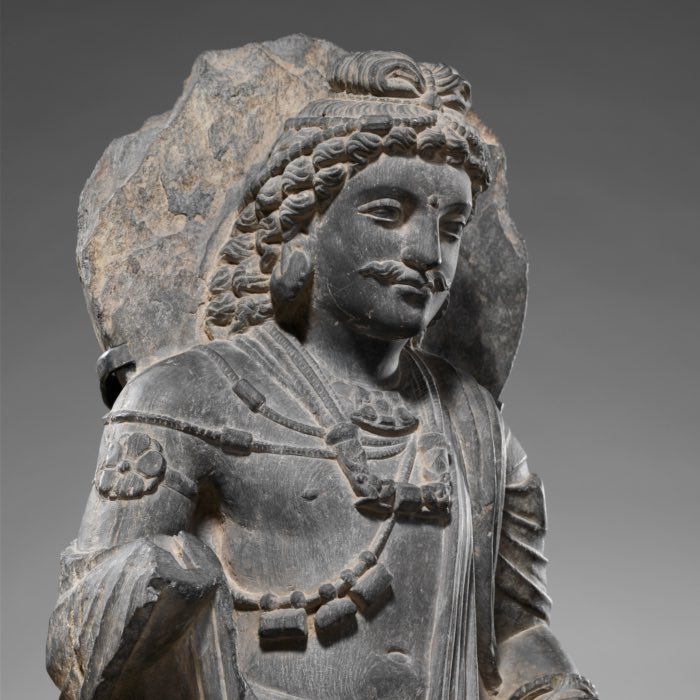





















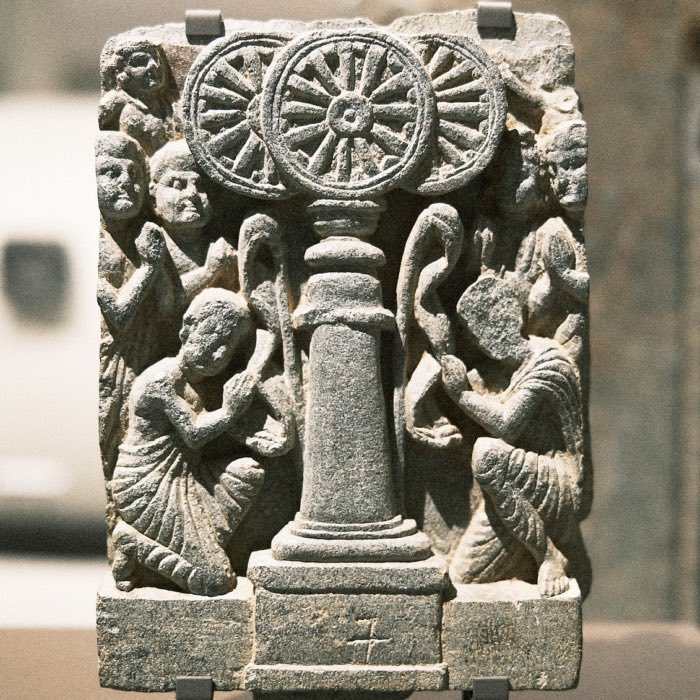





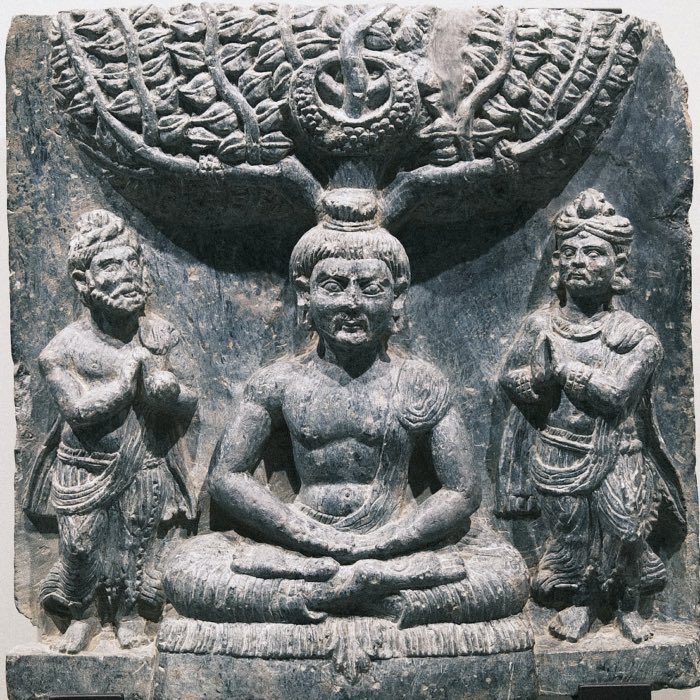

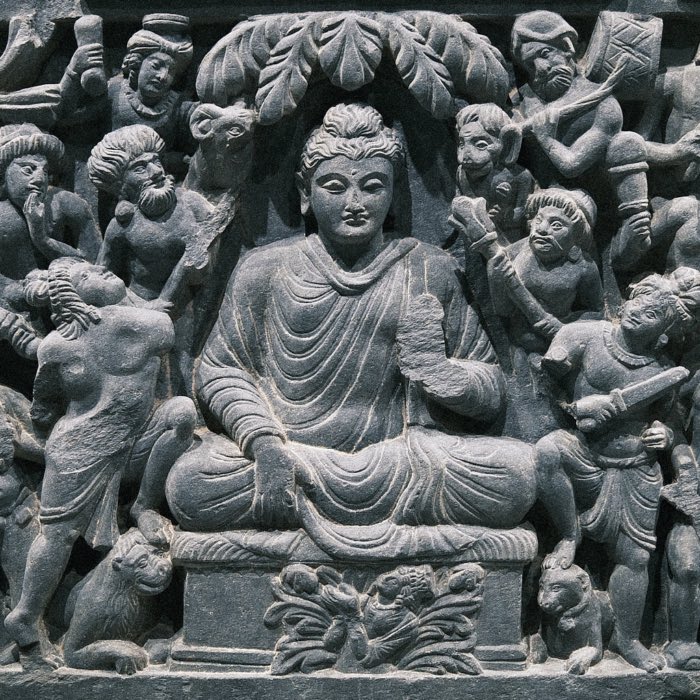

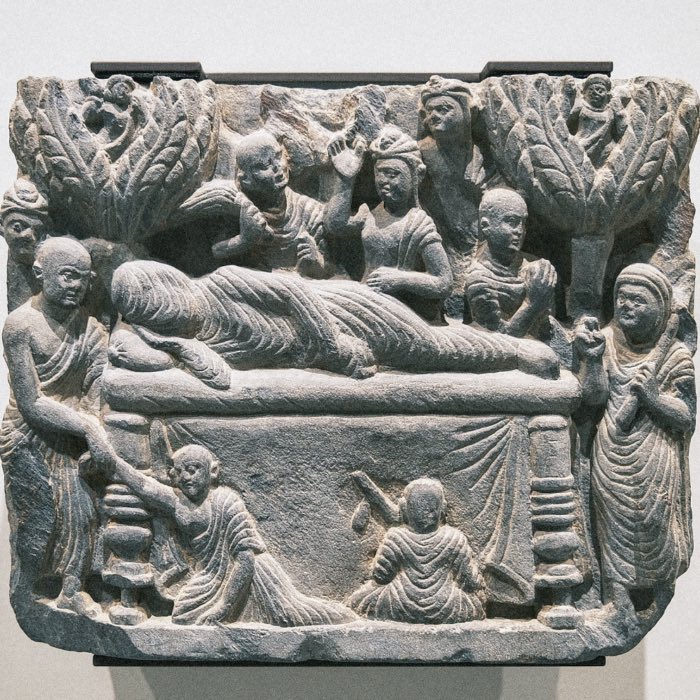
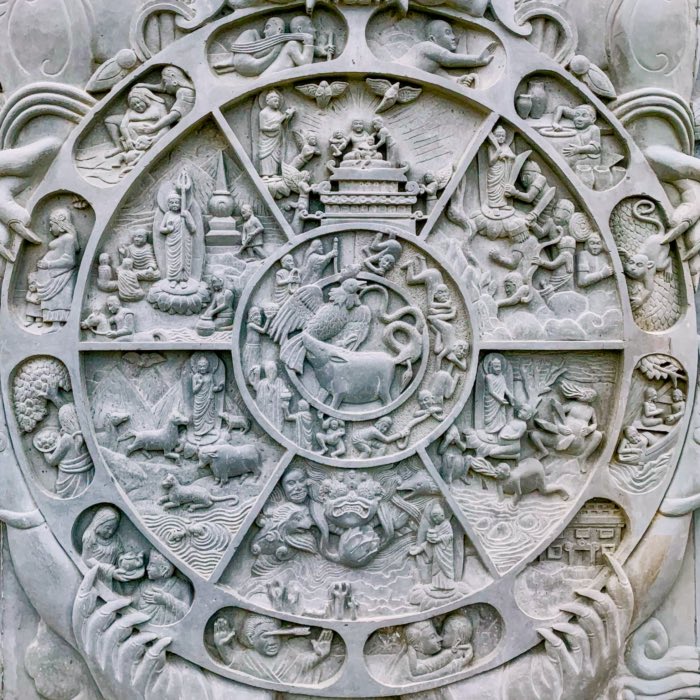

















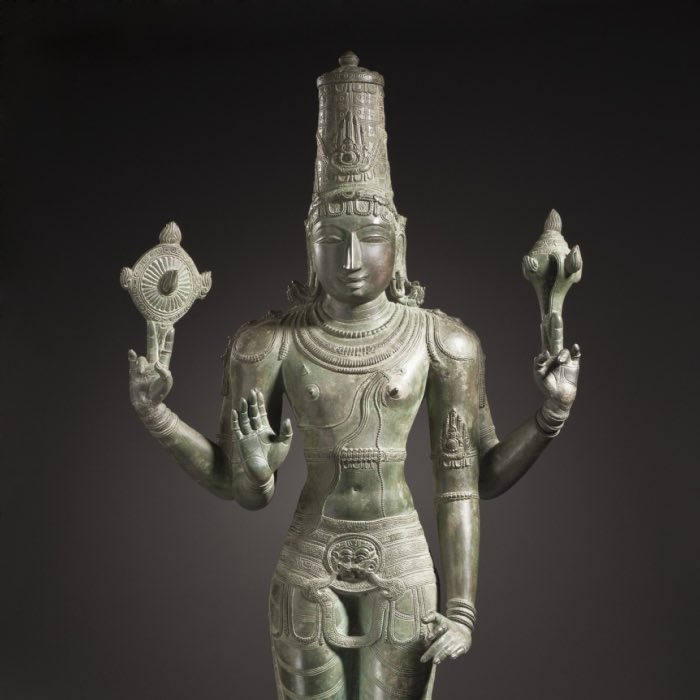
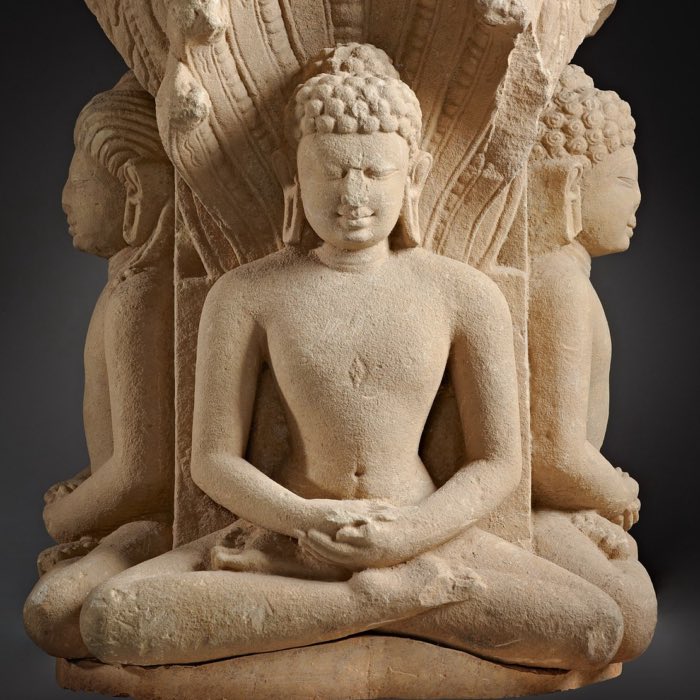





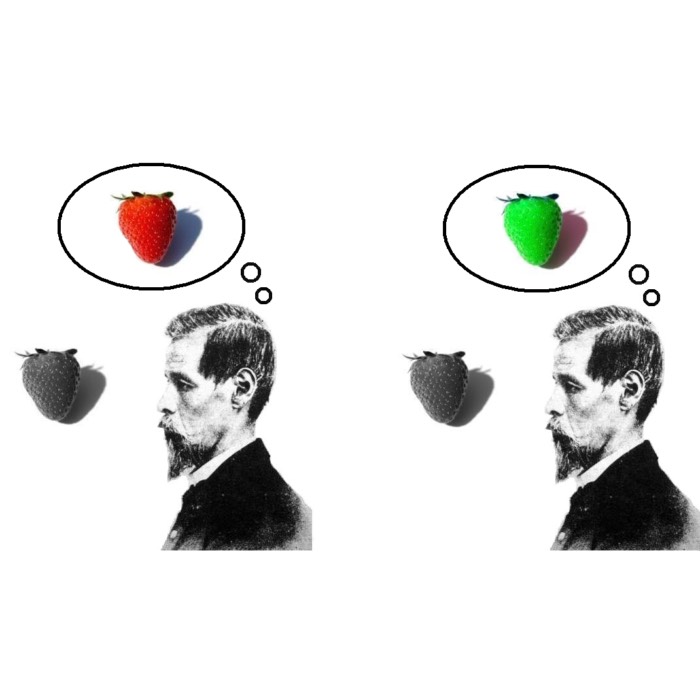
comments